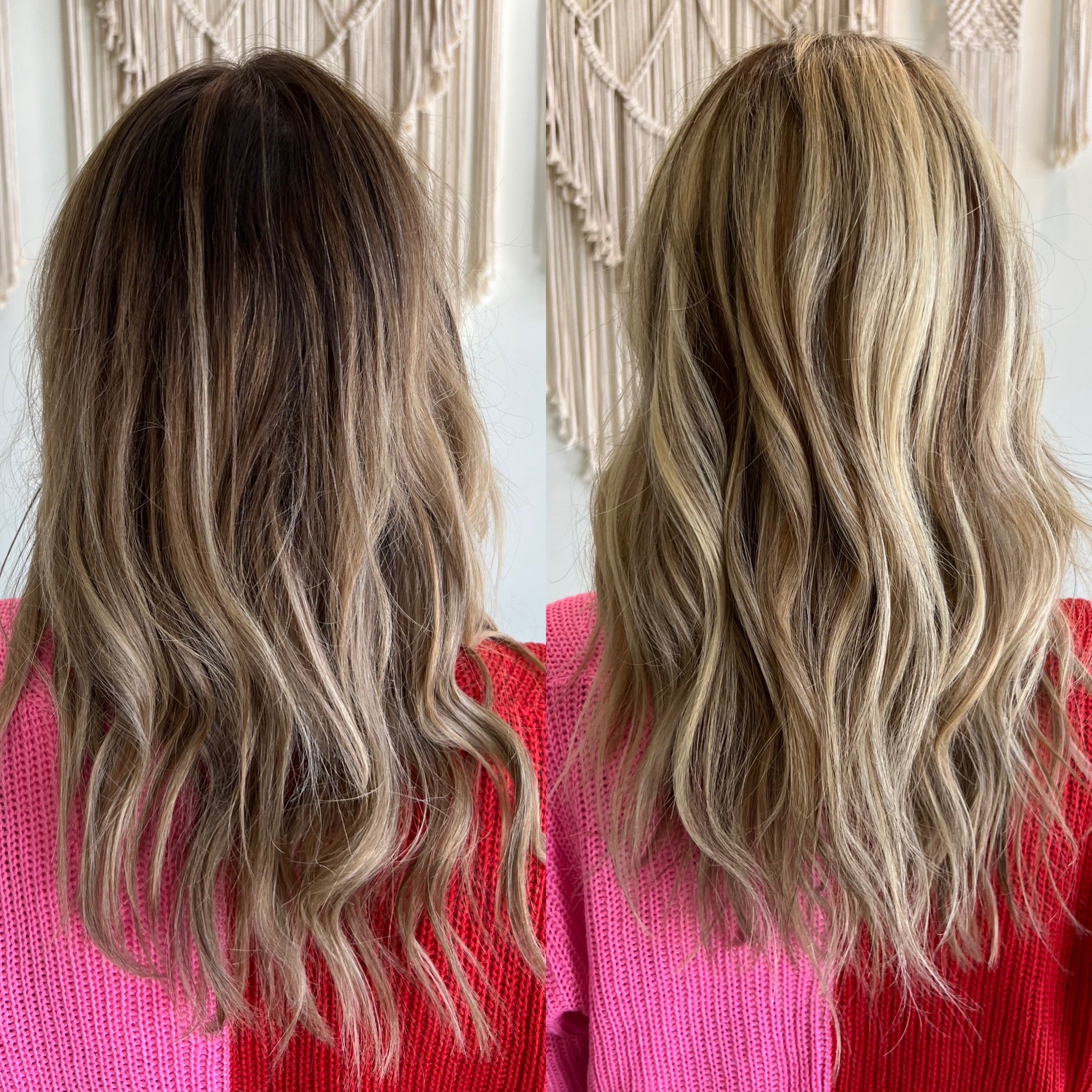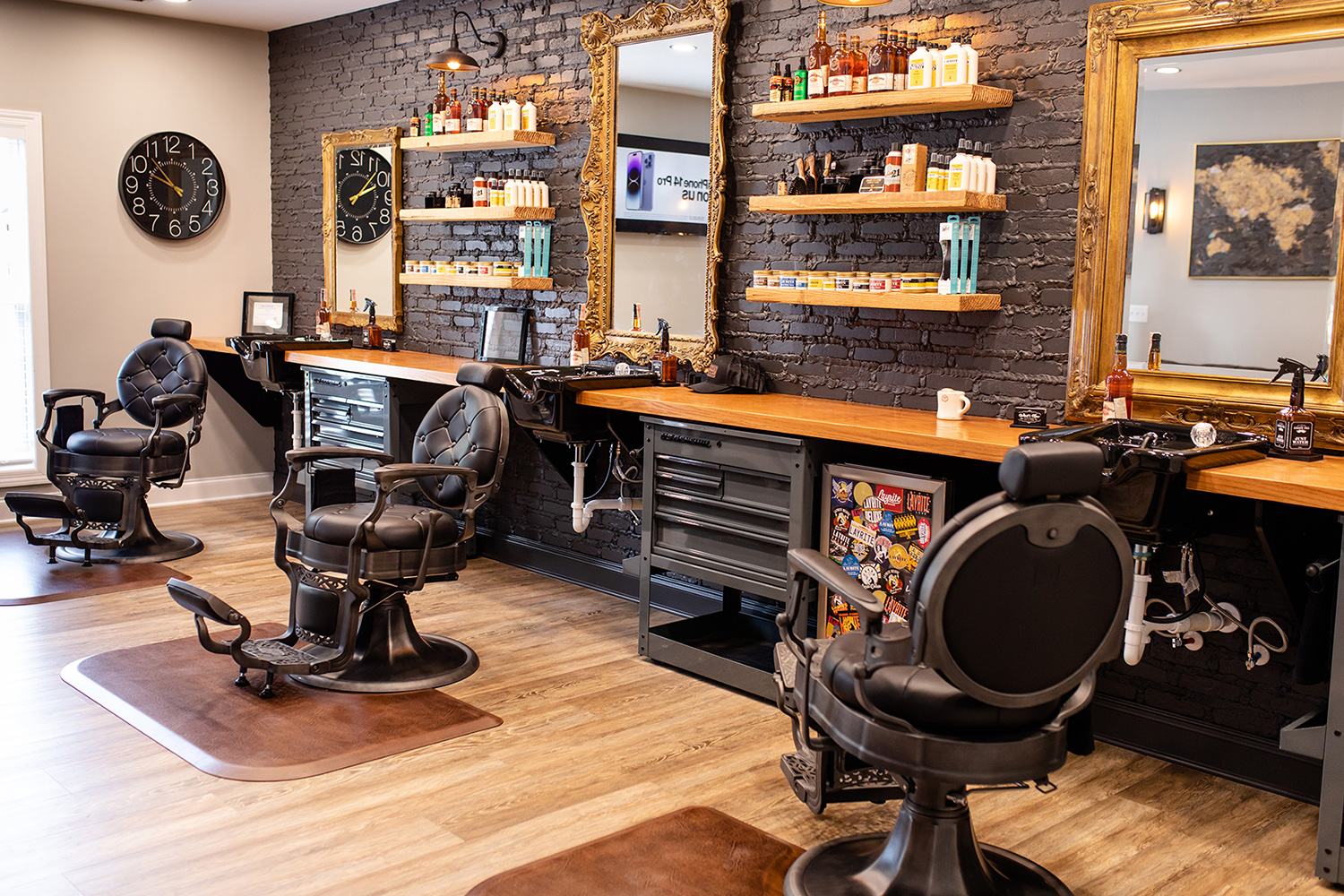Boosting Hair Volume with Extensions: Safe Solutions or Risky Endeavors?
Hair extensions for volume can be safe and effective if professionally applied and properly cared for, but they carry risks like hair breakage, thinning, and even hair loss (Traction Alopecia1) if installed incorrectly or if the hair is not given breaks. To minimize risks, choose a reputable stylist, use non-damaging methods like clip-ins or micro-rings for temporary wear, avoid wearing them too tightly or for too long, and allow your natural hair to rest between uses.
As someone who's been in the hair industry for over a decade, I've witnessed both the transformative benefits and potential pitfalls of hair extensions. They're an incredible tool for those yearning for luscious volume, but they can also be a nightmare if not managed correctly. Having worked closely with hair extension companies like Plucharm Hair, I understand the critical importance of choosing quality products and reliable methods that minimize damage.
What Hair Extensions Are Best for Volume?
When selecting hair extensions for volume2 enhancement, it's crucial to understand the variety of options available and choose the one that best suits your needs. From clip-ins to tape-ins, each type offers its unique set of benefits and potential drawbacks. Let's delve into the details to help you make an informed decision.
Dive Deeper into Hair Extension Types
-
Clip-in Extensions: Ideal for those who want to add temporary volume with minimal risk. They are easy to apply and remove, making them perfect for special occasions or a night out.
-
Tape-in Extensions: Offering a more natural look, tape-ins provide consistent volume without the bulk. They require professional installation to ensure they blend seamlessly with your natural hair.
-
Micro-Ring Extensions: These are among the safest methods for volume enhancement. They use small metal rings to attach extensions to your own hair, making them less damaging than glue-based extensions.
Here's a quick comparison to help illustrate the differences:
| Extension Type | Durability | Application Time | Hair Health Impact |
|---|---|---|---|
| Clip-in | Temporary | 10-15 minutes | Minimal |
| Tape-in | 6-8 weeks | 1-2 hours | Moderate |
| Micro-Ring | 4-6 months | 2-3 hours | Low |
Pro Tips:
- Consult a Professional: Seek advice from a stylist skilled in various extension methods to determine the best choice for your hair type and lifestyle.
- Regular Maintenance: Schedule regular check-ups to maintain the health and appearance of your extensions.
Personal Story:
I'll never forget when I first tried extensions. The immediate volume boost was exhilarating, but improper care led to unexpected tangling. It was a pivotal learning moment about when—and when not—to use certain extension types.
Are Hair Extensions Safe for Thin Hair?
For those with fine or thinning hair, extensions can be both a blessing and a potential concern. When applied properly, they can add much-needed volume and confidence. However, it's crucial to choose methods that won't exacerbate hair fragility.
Dive Deeper into Safe Practices
- Choose Lightweight Options: Heavier extensions can strain already delicate hair. Opting for lightweight, high-quality options is key.
- Avoid Tight Installations: Ensure extensions are not installed too tightly. Tension can lead to breakage and traction alopecia, particularly in thin hair.
Did You Know?
- Some extension techniques, like micro-ring extensions3, are specifically designed to be less invasive and gentler on thin hair.
Expert Insights:
A stylist I once collaborated with emphasized the importance of "rest periods," allowing the hair to recover and breathe between sessions of wearing extensions.
What Are the Negatives of Hair Extensions?
While hair extensions can dramatically enhance appearance, they come with potential downsides that need consideration to prevent long-term damage.
Dive Deeper into Common Pitfalls
- Hair Breakage and Thinning: Overuse and improper care can result in weakened hair.
- Scalp Stress: Extensions that tug at the scalp may lead to discomfort or headaches.
- High Maintenance: Regular salon visits for maintenance can be time-consuming and costly.
Before/After Scenario:
Before using extensions, one might face limp, unruly hair, but with proper usage, the transformation to fuller, shinier locks is undeniable. However, failure to follow aftercare can quickly revert the gains.
Practical Tips:
- Adopt a Gentle Routine: Use a sulfate-free shampoo and conditioner, and avoid excessive heat styling.
- Intermittent Usage: Allow your natural hair to have periods of rest to maintain its strength and health.
What Is the Healthiest Hair Extension Method?
Selecting the right application method is crucial for minimizing negative outcomes, especially for individuals who rely on extensions regularly.
Dive Deeper into Healthy Extension Choices
- Micro-Ring Method: This method tops the list for healthiest applications, avoiding heat or glue, thus reducing potential damage.
- Weave Method: Though more labor-intensive, weaving can be gentle if not too tight and provides substantial volume.
Quick Comparison of Extension Methods:
| Method | Average Lifespan | Application Process |
|---|---|---|
| Micro-Ring | 4-6 months | Gentle, no glue or heat required |
| Weave | 2-3 months | Sewn into braided hair, requires skillful application |
| Tape-in | 1-2 months | Quick application but needs heat or glue |
Are You Aware?
- Some eco-friendly salons offer extensions crafted from ethically sourced materials, prioritizing sustainability and hair health.
Conclusion
In conclusion, hair extensions for volume2 are a beautiful blend of art and science that require careful selection and expert application. While they can provide the volume and appearance many desire, it is essential to weigh the methods against their potential impacts on hair health. By choosing non-damaging techniques and giving your natural hair periodic breaks, you can enjoy lush, beautiful hair without compromising its health. Collaborating with reputable brands like Plucharm Hair ensures you have access to expertly crafted extensions that minimize risks and maximize beauty. Your hair is a crown you wear every day—let it shine, but wisely.
Ultimately, understanding the balance between extension benefits and their proper care will shape happier, healthier hair outcomes. Remember, in the world of hair extensions, it's not just about what you wear—it's about how you care for it.
-
Learn about Traction Alopecia, its causes, and effective prevention strategies to protect your hair. ↩
-
Explore the transformative benefits of hair extensions for volume and how they can enhance your look. ↩ ↩
-
Find out why micro-ring extensions are among the safest methods for enhancing hair volume. ↩




